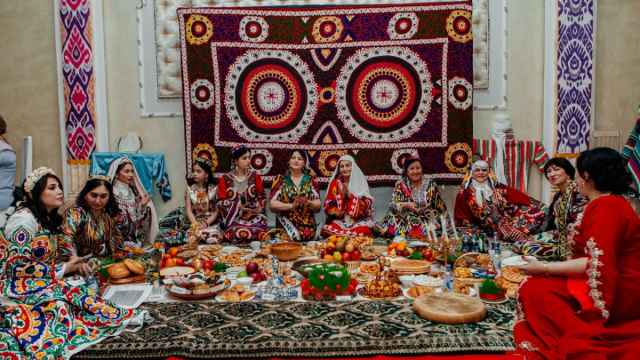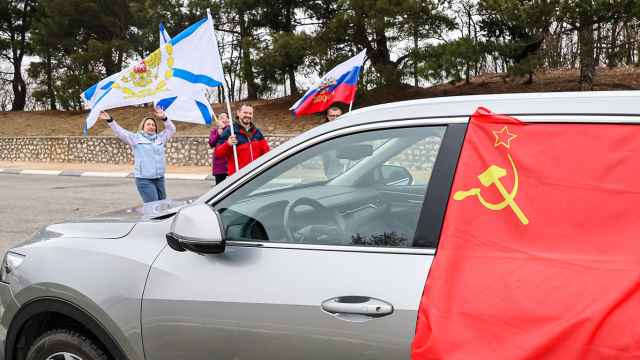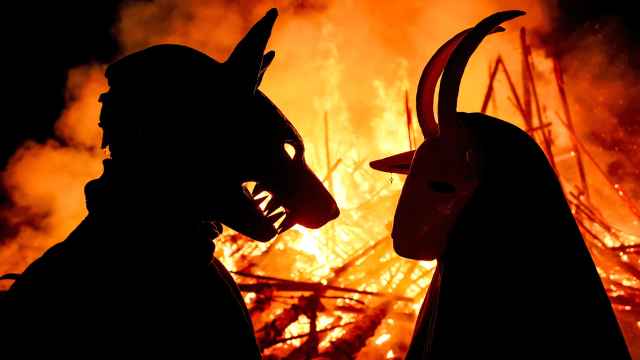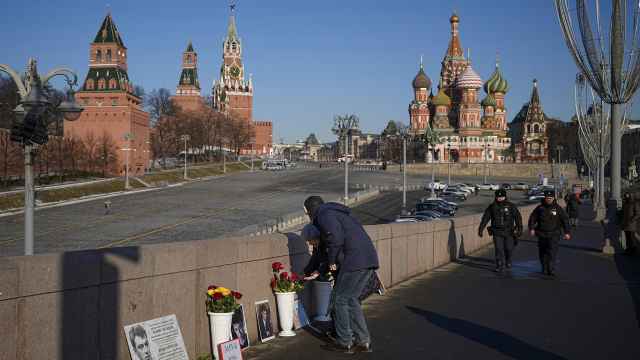In Photos: The August Coup Attempt That Heralded U.S.S.R.'s End
Thirty years ago today, an attempted coup shook Moscow and signaled the impending end of the Soviet Union.
Unhappy with Soviet leader Mikhail Gorbachev’s perestroika and glasnost reforms, a group of hard-line military and civilian leaders that called themselves the State Committee on the State of Emergency (GKChP) seized control of Moscow — and of Gorbachev himself, placing him under house arrest at his dacha in Crimea. Many Russians today still remember the television switching to a continuous loop of "Swan Lake" as tanks rolled into Moscow.
The coup would implode just three days later after a standoff between tens of thousands of Muscovites and troops in tanks, but it fundamentally transformed the balance of power in the Soviet Union.
In the months that followed, the Soviet republics would declare independence one by one until the U.S.S.R.’s collapse in December.
The Moscow Times takes a look back at the historic events that changed Russia forever:
Unhappy with Soviet leader Mikhail Gorbachev’s perestroika and glasnost reforms, a group of hard-line military and civilian leaders that called themselves the State Committee on the State of Emergency (GKChP) seized control of Moscow — and of Gorbachev himself, placing him under house arrest at his dacha in Crimea. Many Russians today still remember the television switching to a continuous loop of "Swan Lake" as tanks rolled into Moscow.
The coup would implode just three days later after a standoff between tens of thousands of Muscovites and troops in tanks, but it fundamentally transformed the balance of power in the Soviet Union.
In the months that followed, the Soviet republics would declare independence one by one until the U.S.S.R.’s collapse in December.
The Moscow Times takes a look back at the historic events that changed Russia forever:
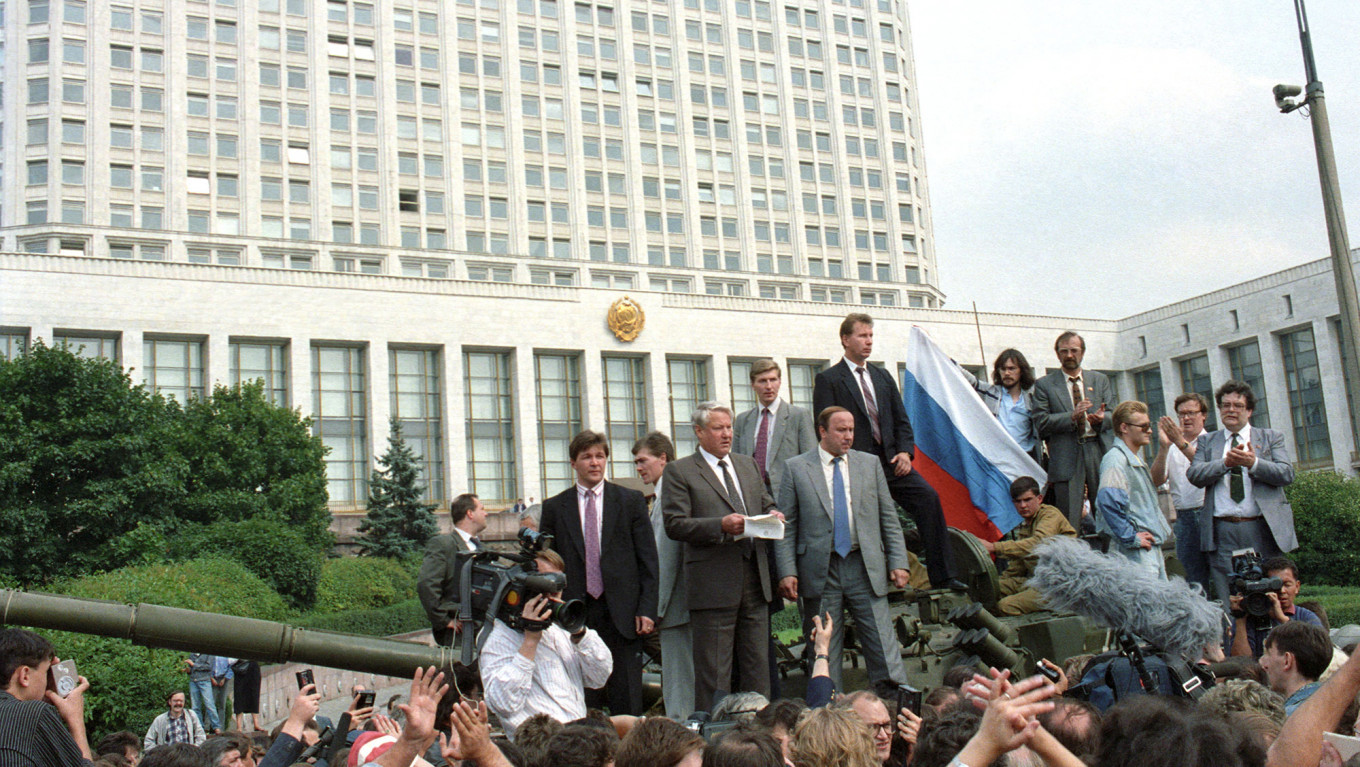
Russian President Boris Yeltsin, an opponent of the coup, rallied the country from a disabled tank in front of the Russian SFSR's parliament building, today known as the White House.
“The legally elected president of the country has been unlawfully suspended from his duty,” Yeltsin's declaration read. It went on to describe the events as a coup attempt, and called for a national strike.
“The legally elected president of the country has been unlawfully suspended from his duty,” Yeltsin's declaration read. It went on to describe the events as a coup attempt, and called for a national strike.
Valentin Kuzmin / TASS
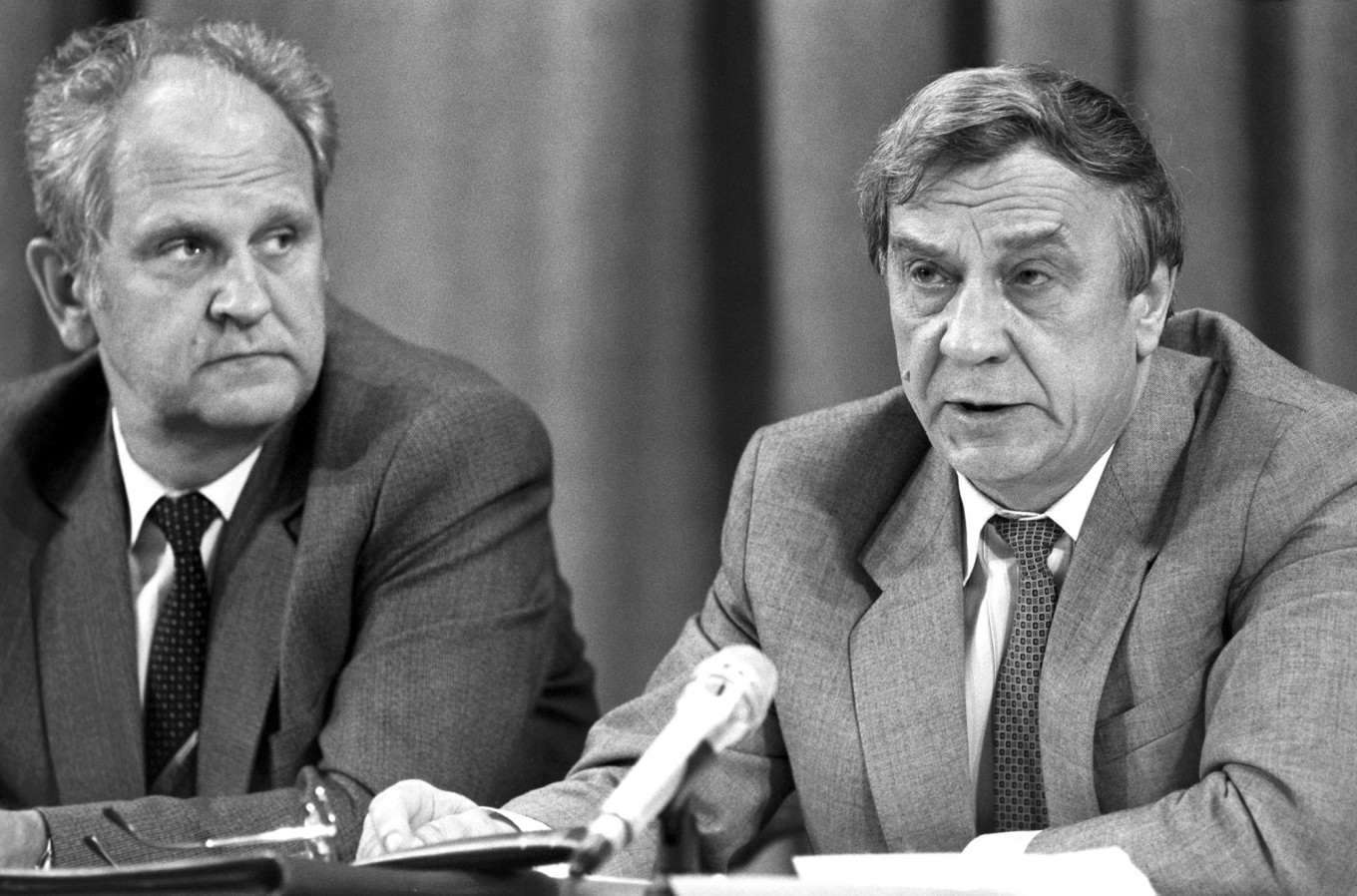
GKChP members Boris Pugo (L) and Gennady Yanayev (R) during a televised press conference at the Soviet Foreign Ministry, Aug. 19, 1991.
With its members visibly uncomfortable, the GKChP press conference cast the coup as ill-planned and disorganized.
With its members visibly uncomfortable, the GKChP press conference cast the coup as ill-planned and disorganized.
Vladimir Musaelyan, Alexander Chumichev / TASS
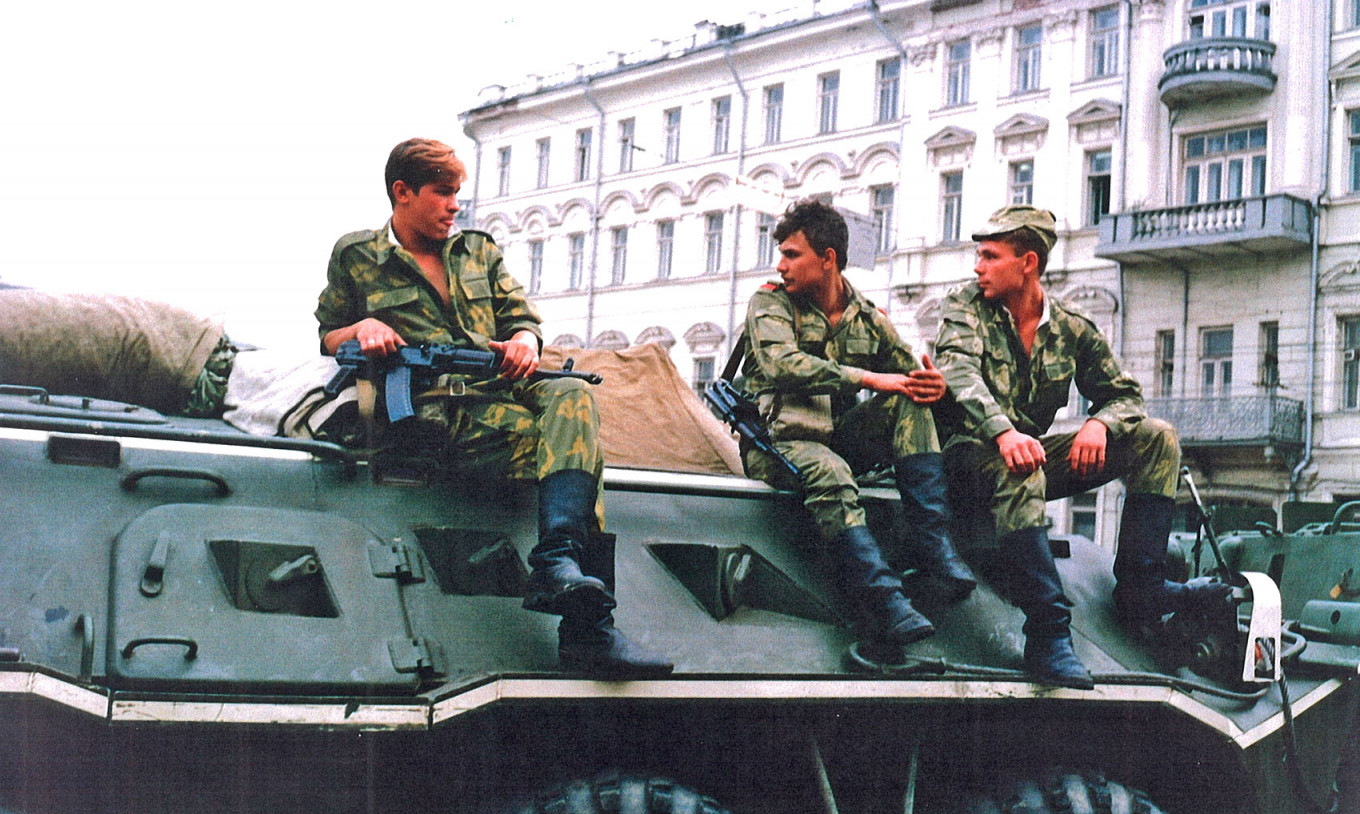
Tanks blocked access to the Kremlin and Red Square.
Tove Knutsen (CC BY-SA 2.0)
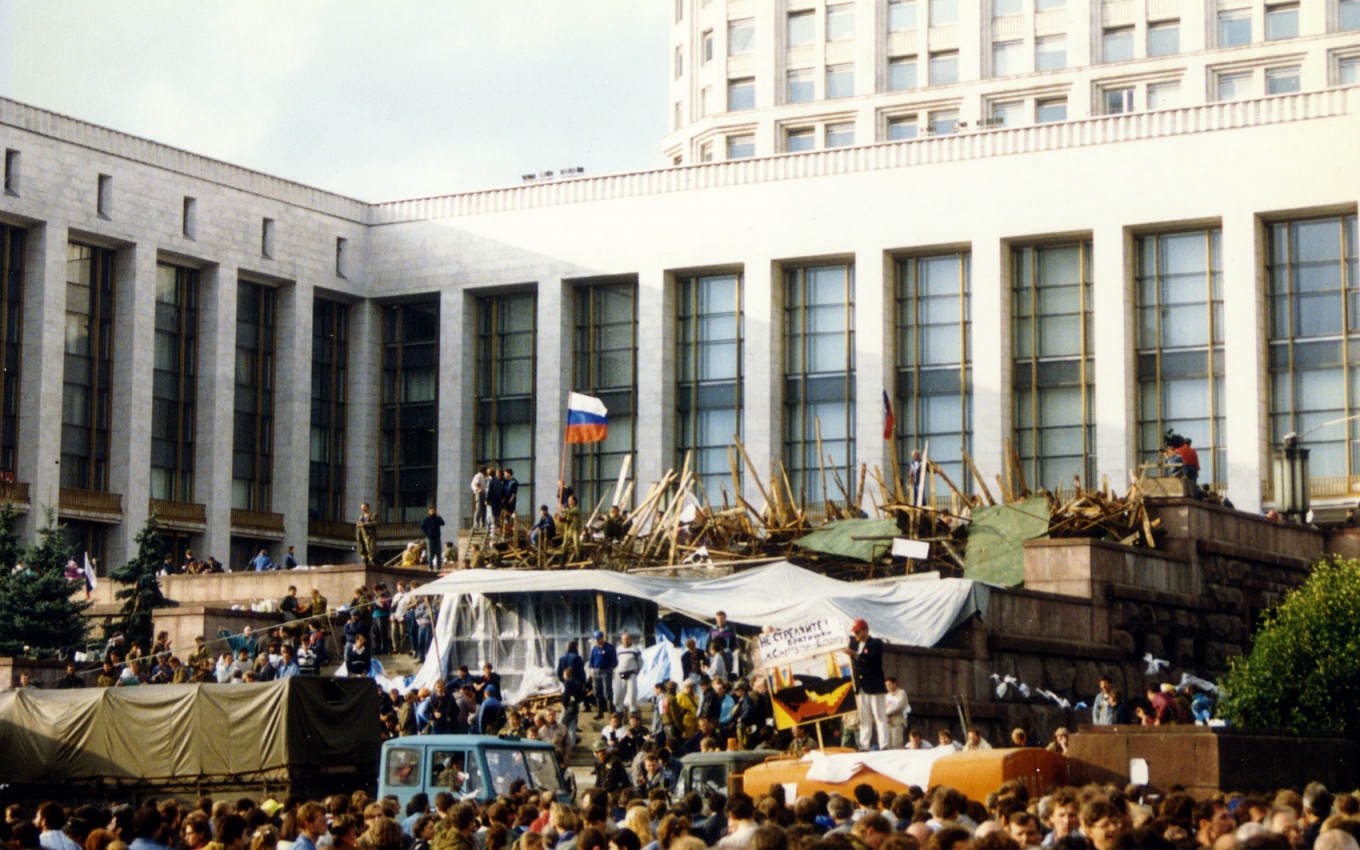
Opponents to the coup set up a barricade around the White House.
David Broad (CC BY 3.0)
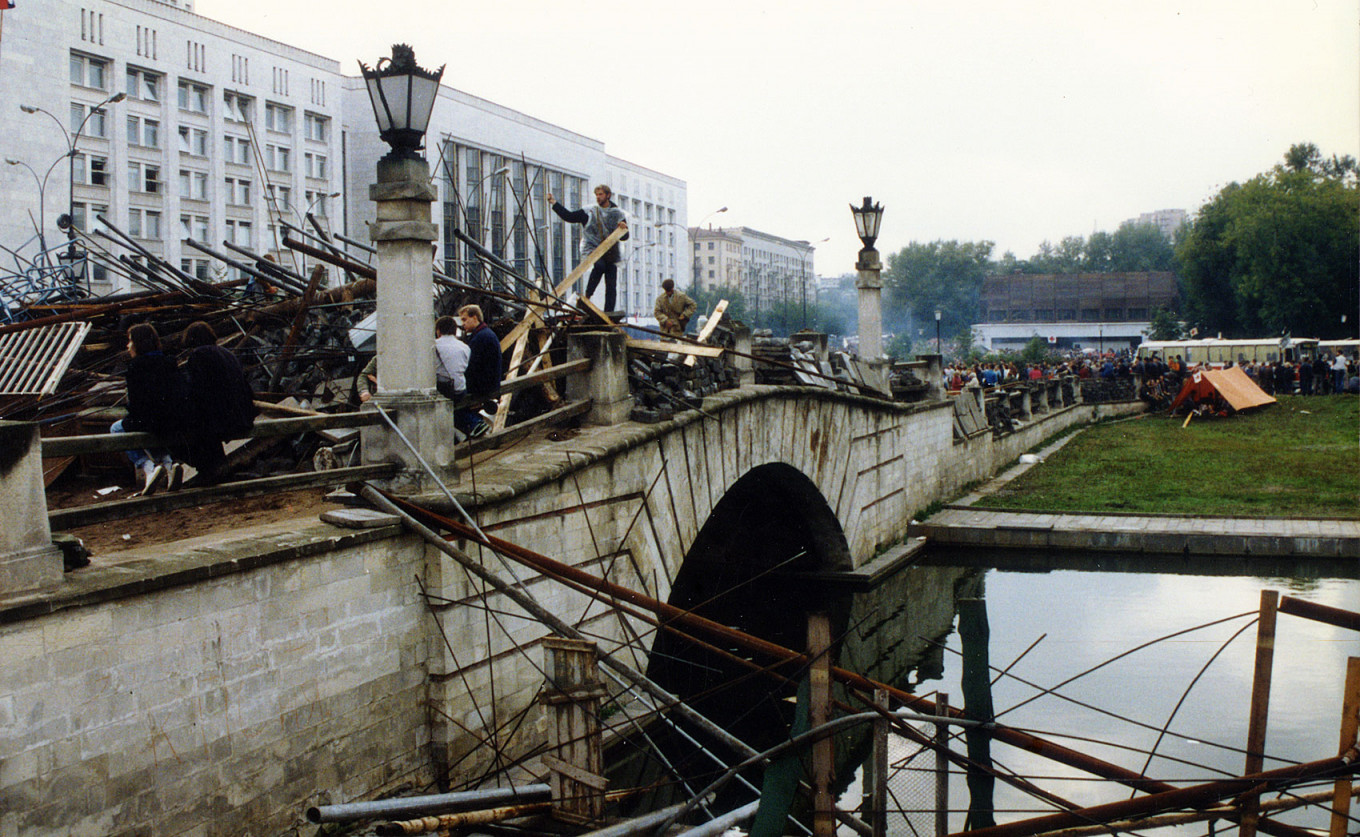
Civilian defenders at the White House.
David Broad (CC BY 3.0)
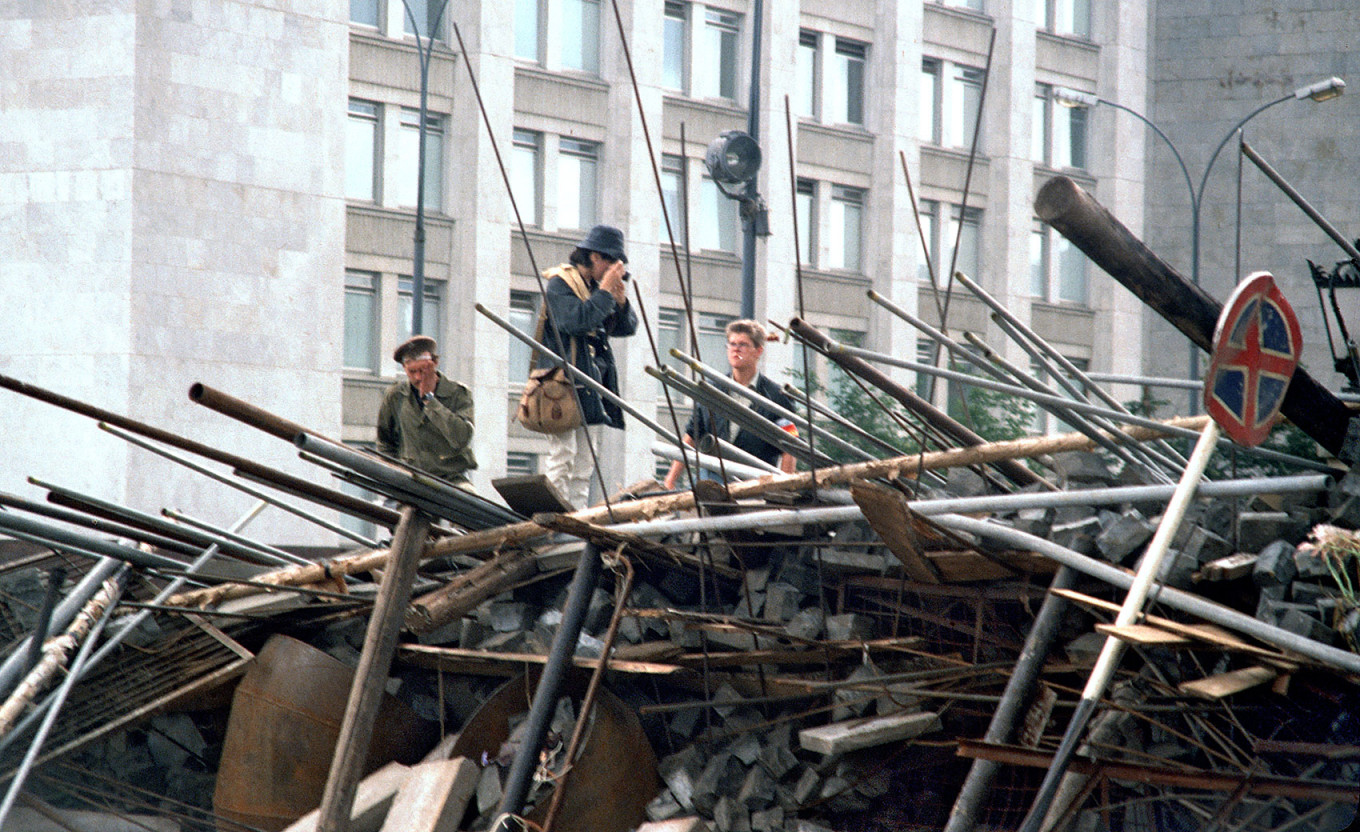
A barricade at the White House.
Ivtorov (CC BY-SA 4.0)
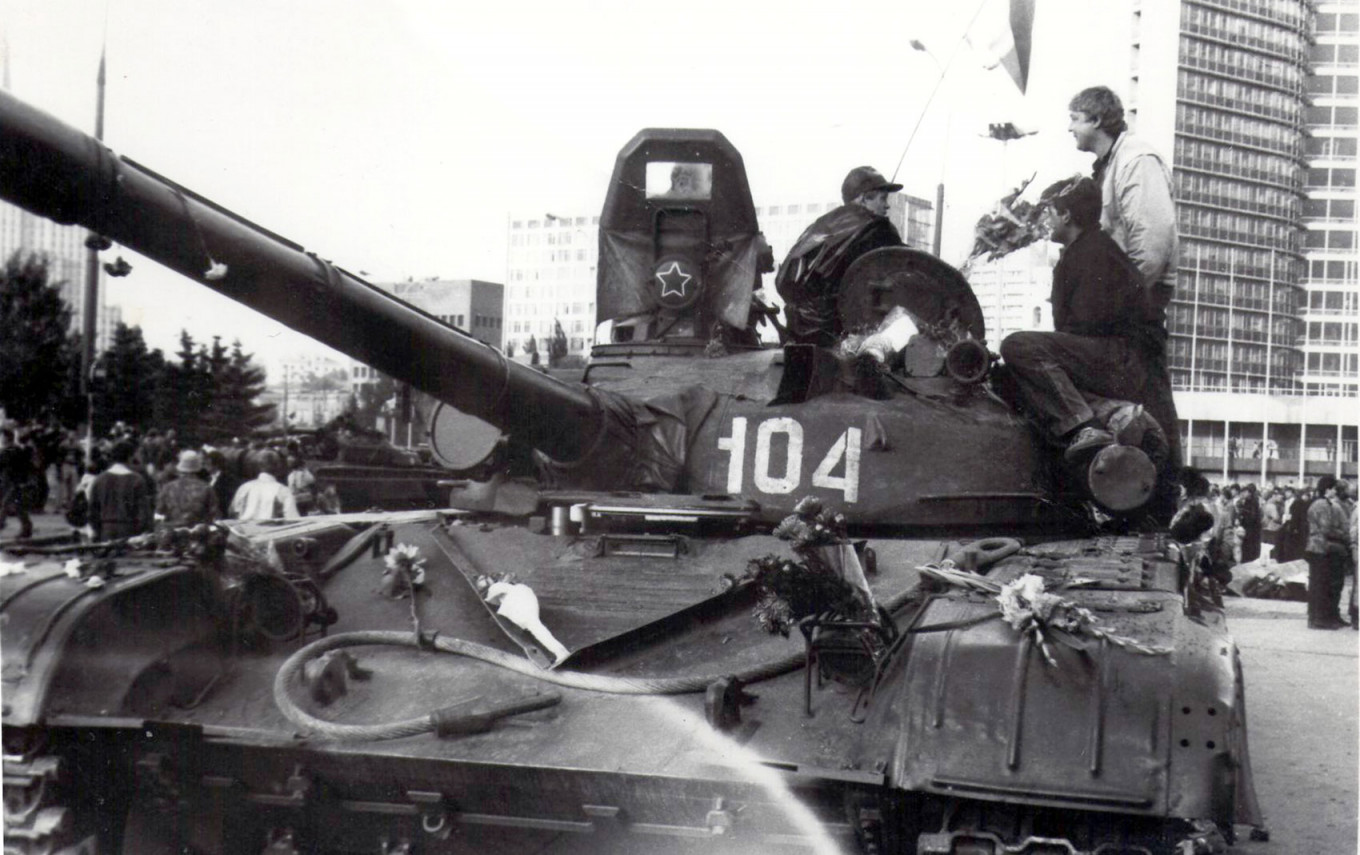
A T-72 tank covered in flowers in front of the CMEA building on Novy Arbat, Aug. 19, 1991.
Ivan Simochkin (CC BY-SA 3.0)
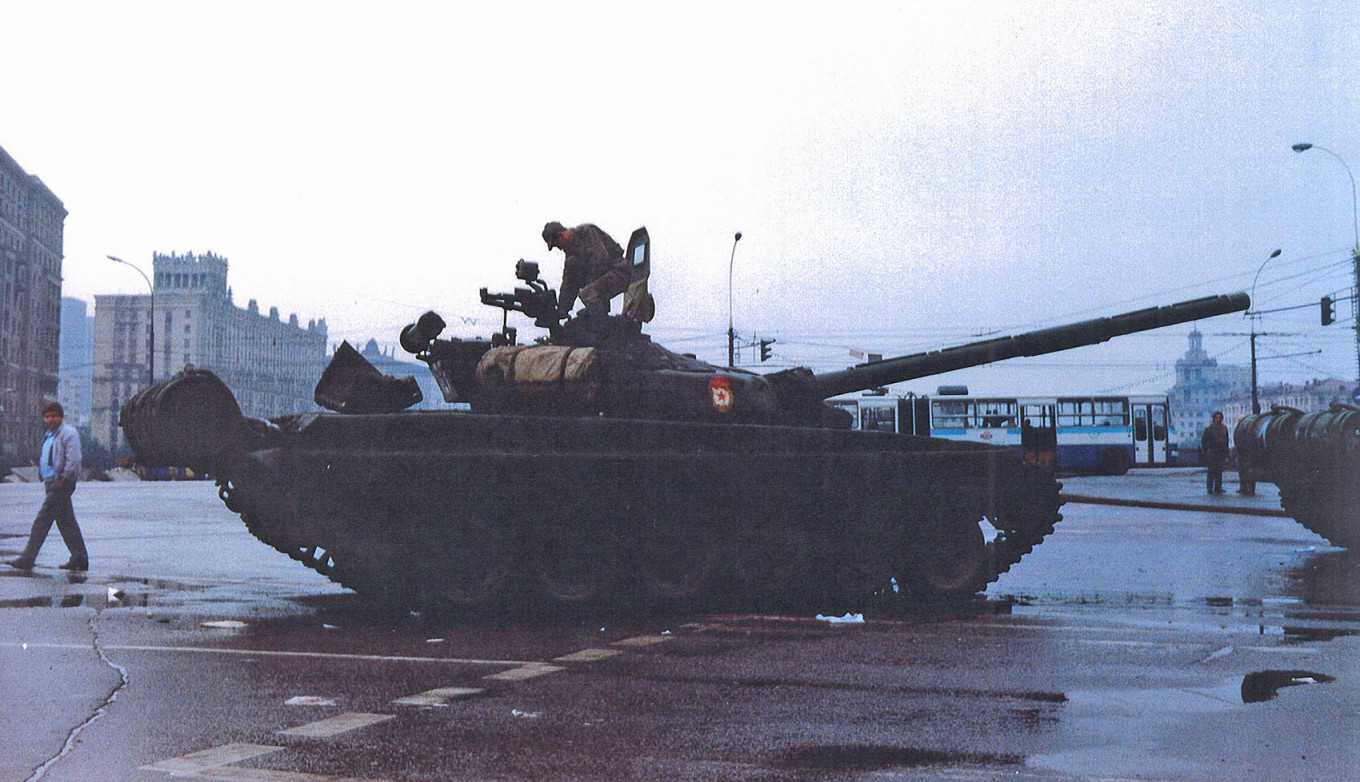
A tank near the White House on Aug. 20, 1991.
Ole Husby (CC BY-SA 2.0)
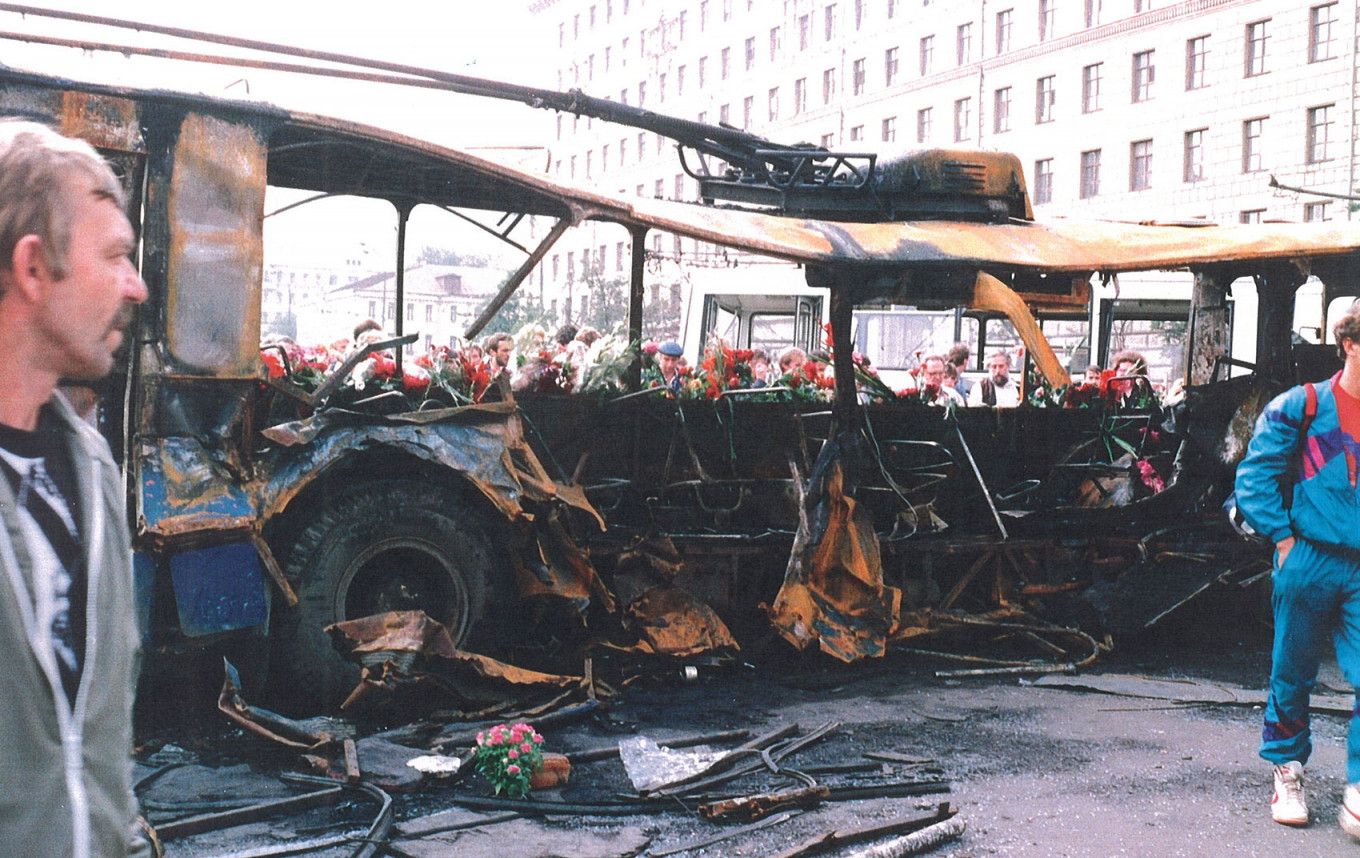
A barricade of buses near the Hotel Belgrade.
Tove Knutsen (CC BY-SA 2.0)
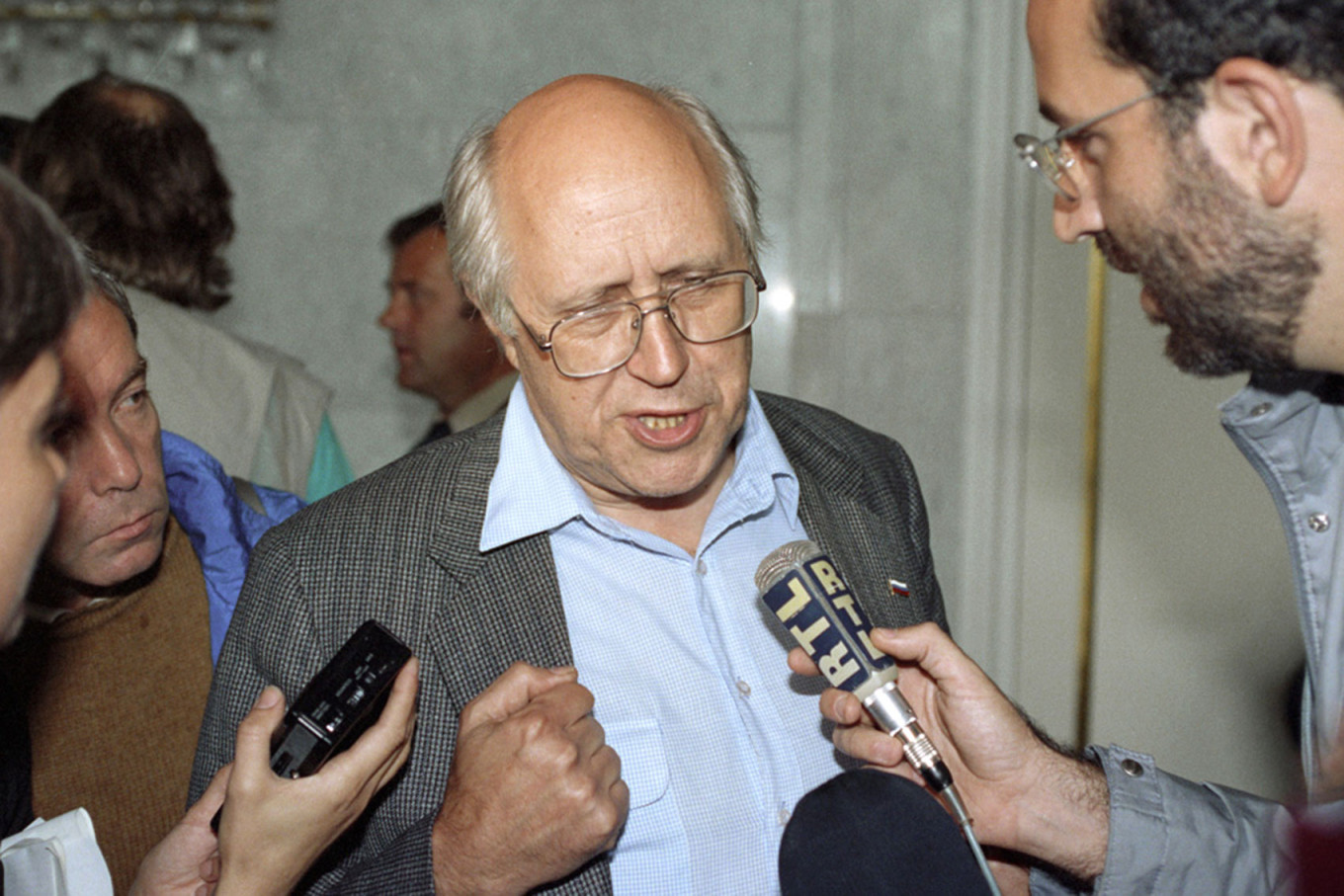
Famed cellist and conductor Mstislav Rostropovich interviewed by journalists during the GKChP coup attempt.
When Rostropovich heard news of the coup attempt, he jumped on a plane to Moscow to join Yeltsin on the barricades in front of the White House.
When Rostropovich heard news of the coup attempt, he jumped on a plane to Moscow to join Yeltsin on the barricades in front of the White House.
RIA Novosti archive (CC BY-SA 3.0)
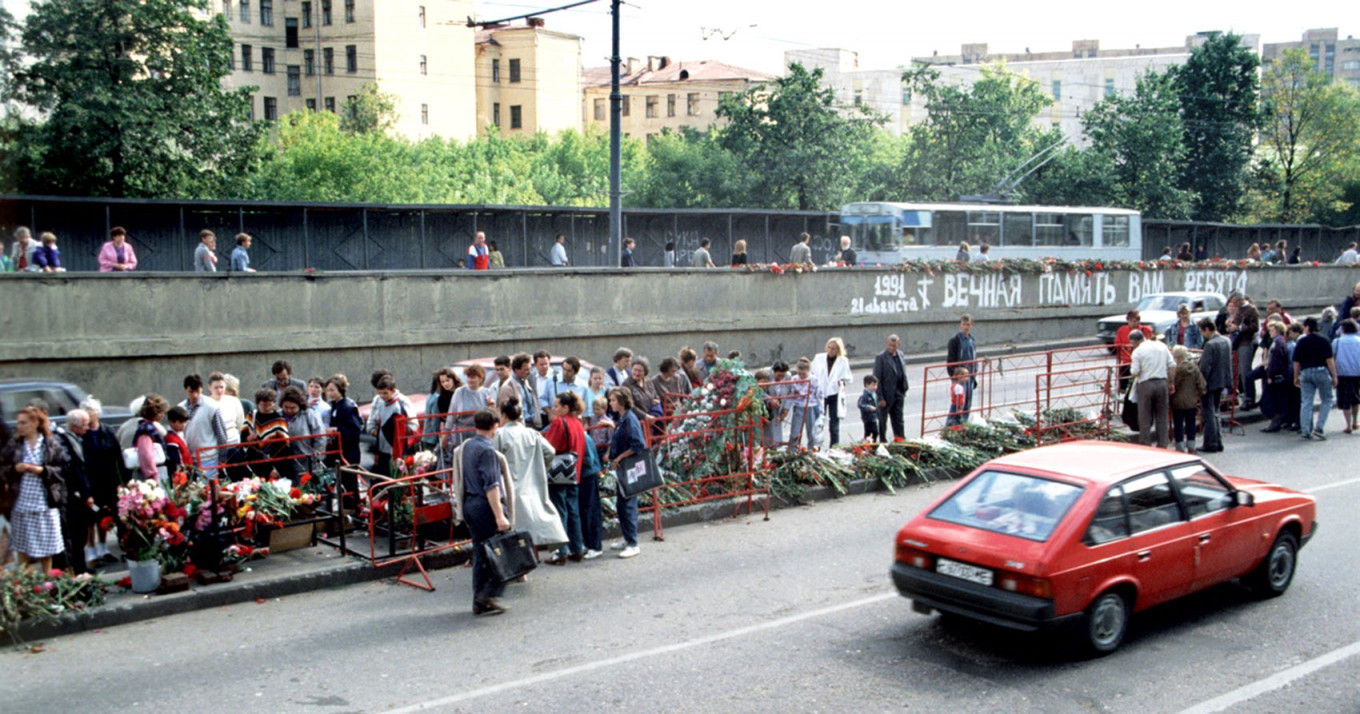
The spot between the Garden Ring and Novy Arbat where three young men died under the tracks of armored tanks on the night of Aug. 21.
Ivtorov (CC BY-SA 4.0)
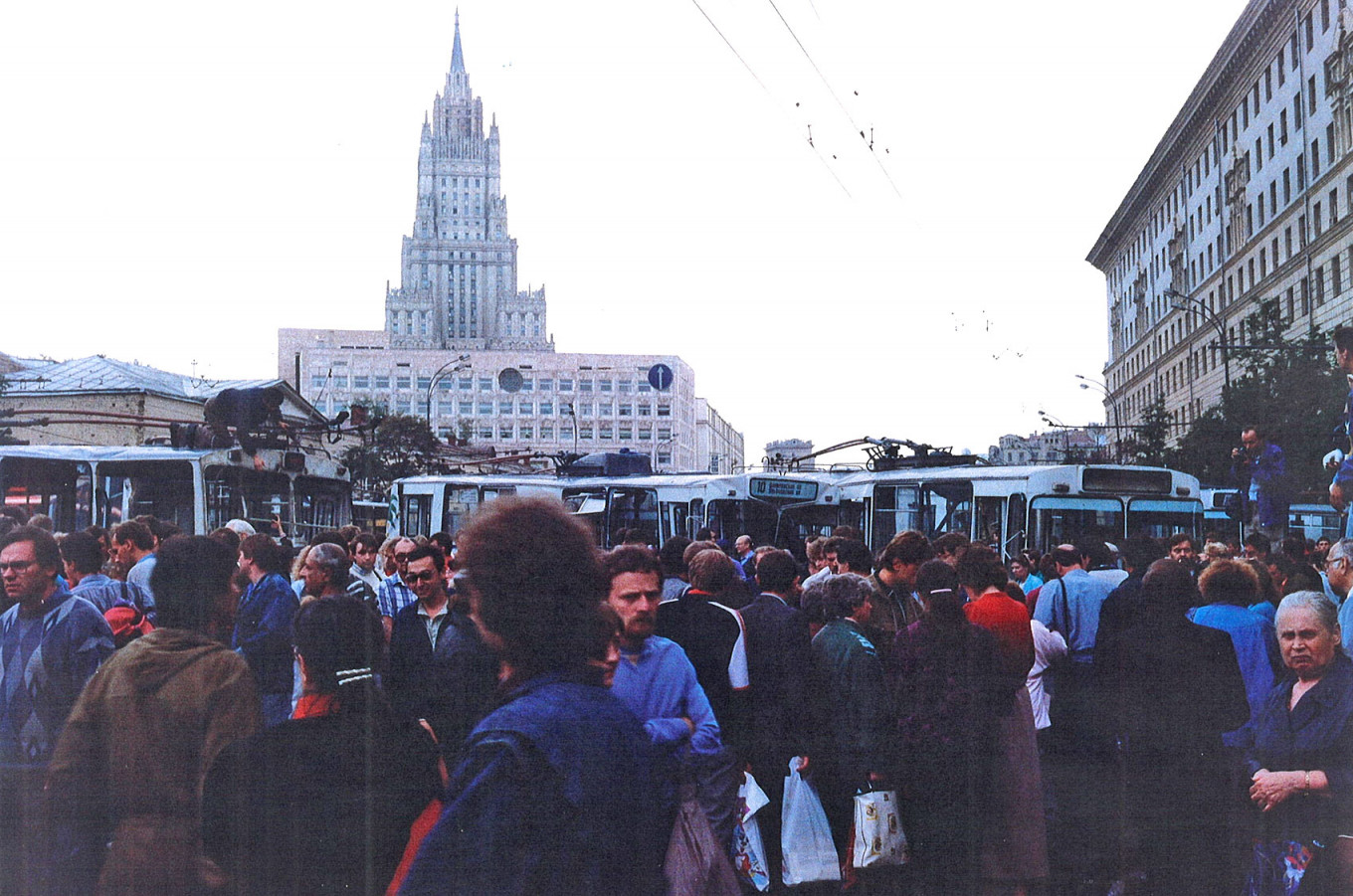
Muscovites gathered on Smolenskaya Square, Aug. 22, 1991.
Thousands of civilians took to the streets to protest against the coup, unafraid of the tanks, the curfew, or a planned attack by coup leaders on the White House that would never come to pass.
Thousands of civilians took to the streets to protest against the coup, unafraid of the tanks, the curfew, or a planned attack by coup leaders on the White House that would never come to pass.
Ole Husby (CC BY-SA 2.0)
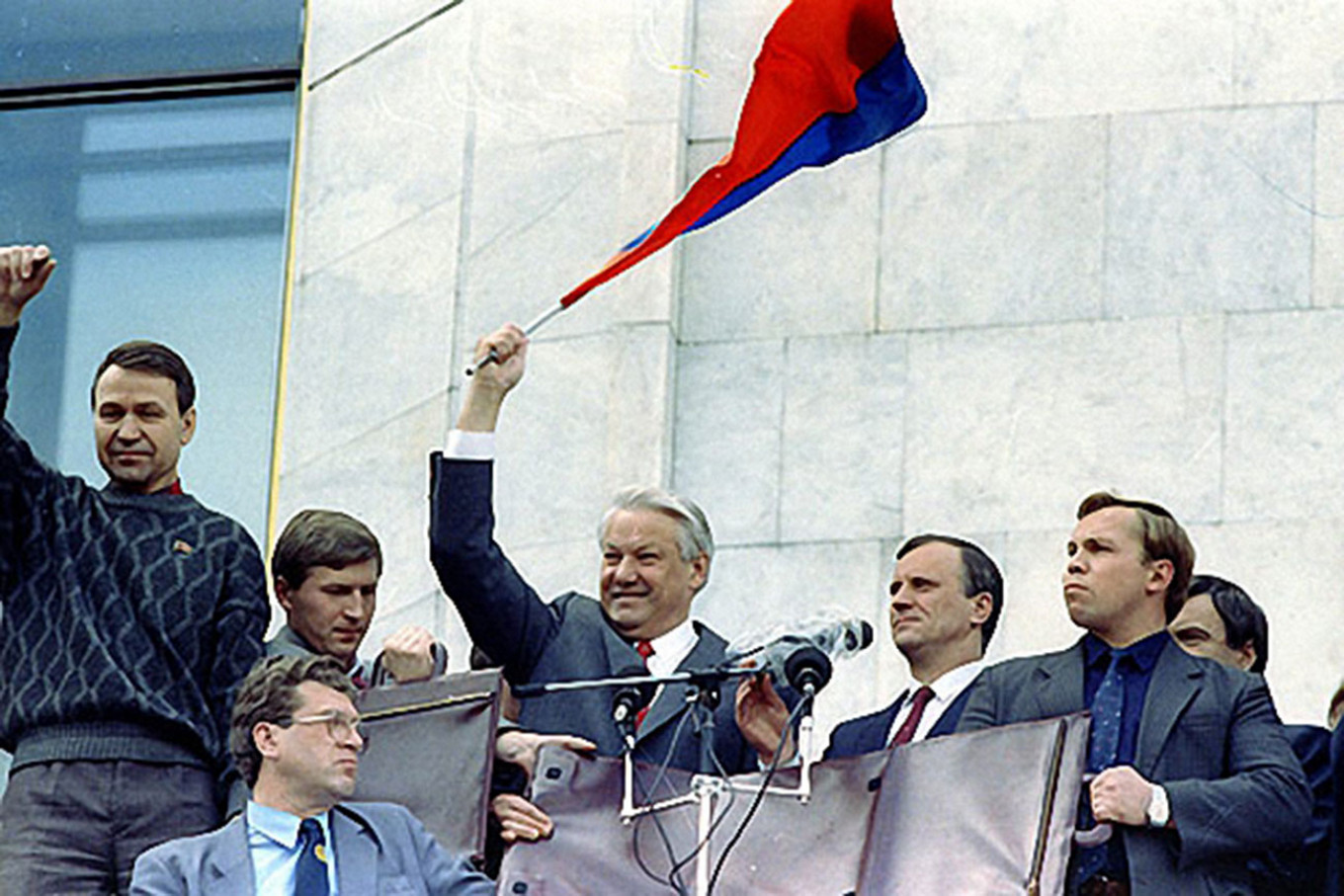
Yeltsin, pictured here at the White House, would go on to become the first president of the Russian Federation after the Soviet break-up.
kremlin.ru


